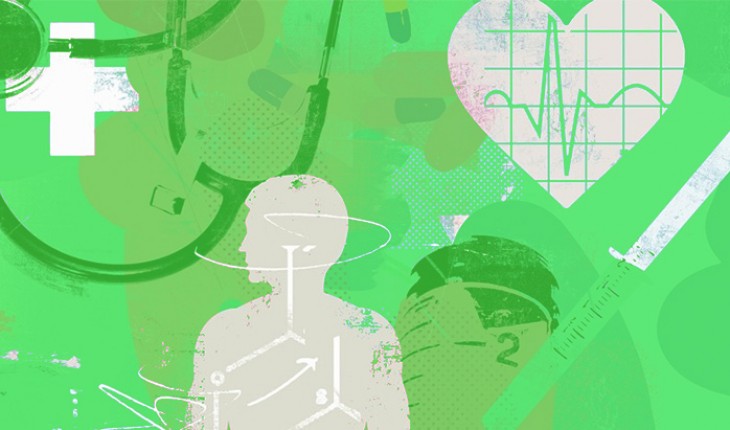There is no doubt the medical world is constantly changing, and the use of technology is both increasing, and helping a beleaguered national health service. But it is important to remember that the heart of the NHS is care of patients, and the new innovations are not necessarily a benefit for everyone. Telemedicine is an example of such limitations.
New technology is applauded as a way of people having immediate access to healthcare, whether that is a GP sharing an X-Ray with a specialist hundreds of miles away, a patient being able to access the internet to find out information, or the sick speaking to their doctor via Skype. But these computer-dominated consultation can actually be harmful to the vulnerable elderly.
New technology is applauded as a way of people having immediate access to healthcare, whether that is a GP sharing an X-Ray with a specialist hundreds of miles away, a patient being able to access the internet to find out information, or the sick speaking to their doctor via Skype. But these computer-dominated consultation can actually be harmful to the vulnerable elderly.
There seems to be a perception that many of today’s pensioners are silver surfers, keeping up with friends via emails on their laptops, skyping their grandchildren who live far away, or having remote scrabble competitions. And that may be the case with the more educated elderly person. But the vulnerable people who contact the charity Action on Elder Abuse do so by phone or letter – they ring our helpline (0808 808 8141), or send us letters written with increasingly shaky handwriting. They don’t all have the internet and computers; most of them cannot afford broadband let alone computers with webcams. And they certainly would not understand how to download the software needed for telemedicine.
Many of these people lead isolated lives, with few visitors from friends or relatives. The consultation with a doctor or nurse may be the only time they speak to someone for several days, and they often use the opportunity to not only talk about their health problems, but also to share concerns they have about being exploited by a so-called friend or relative. It is a sad fact that many of our referrals about abuse of the elderly come from concerned GPs and health care professionals who are not convinced by explanations for bruises and grazes, or who have picked up on the fact that their patient is being fleeced financially; most of our healthcare professionals are excellent at picking up non-verbal communication clues. Sometimes talking to their doctor or nurse can given the elderly person the courage to ring us themselves to seek help for abuse – we receive 20 thousand calls a year to our helpline. Would this happen if the consultation were to be done by computer?
I argue that the vulnerable elderly need to be considered as a unique group, rather than be lumped in with everyone else. People create great ideas which work for the majority but don’t see the limitations for the elderly, especially those who live on their own, are isolated and not comfortable with computers, the internet and technology.
We know the benefits of Telemedicine for the busy working person are being able to Skype their doctor from their desk – but the vulnerable elderly person sees their trip to the doctor or pharmacist as the outing of the day. It means they leave their home; they are moving around, taking some exercise. Chatting to a patient via a computer screen gives few clues to a person’s mobility. A doctor can see how an elderly person moves when they walk into a room. How will they do that via video conference or an email?
Yes, new technology has an important part to play in healthcare, and I know the elderly do put an enormous pressure on limited NHS resources. But often the personal touch, the human interaction, is as important as drugs. And for the vulnerable elderly we support at our charity, the strong patient doctor relationship which encourages trust and openness is dependent on face to face consultation, not a computer consultation.
- The downfalls of telehealth for the vulnerable elderly - 3rd March 2016







Great article highlighting the potential challenges of telehealth for the vulnerable elderly population. While telehealth offers convenience and accessibility, it’s crucial to address the unique needs and limitations faced by this demographic. Ensuring user-friendly interfaces, personalized support, and adequate training for both healthcare providers and patients can help mitigate any downsides. Collaboration between healthcare professionals, caregivers, and technology developers is key to optimizing telehealth services for the elderly. By finding the right balance between in-person care and virtual consultations, we can harness the power of telehealth while still providing the compassionate and comprehensive care our seniors deserve.